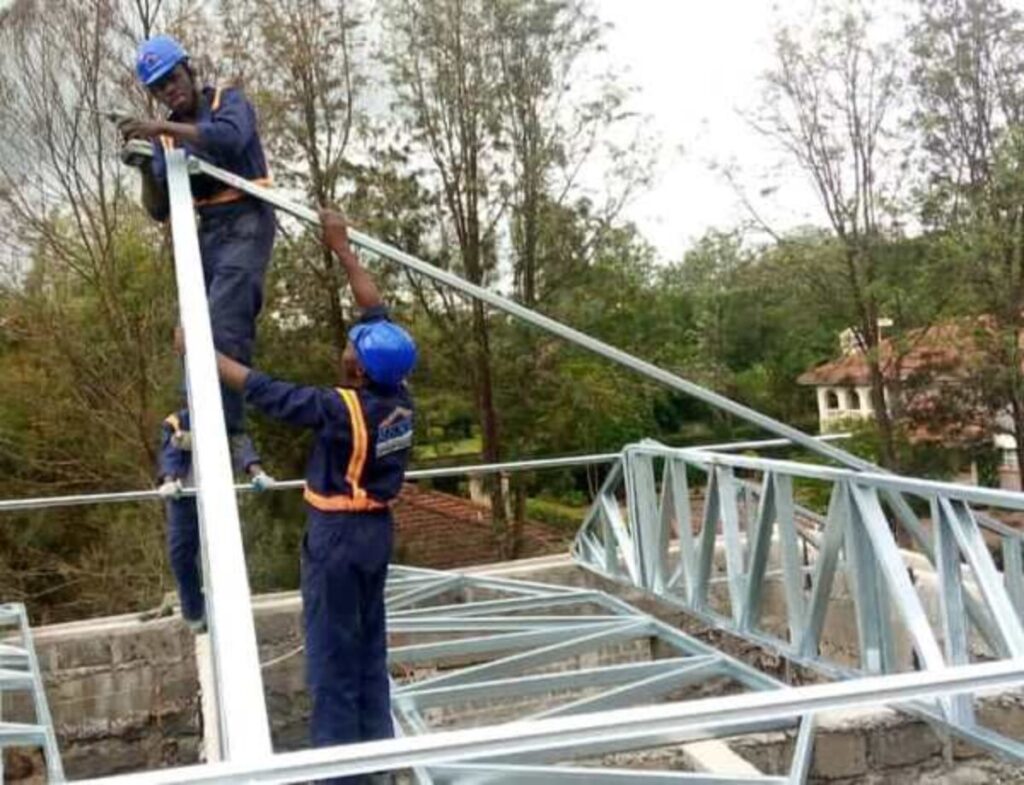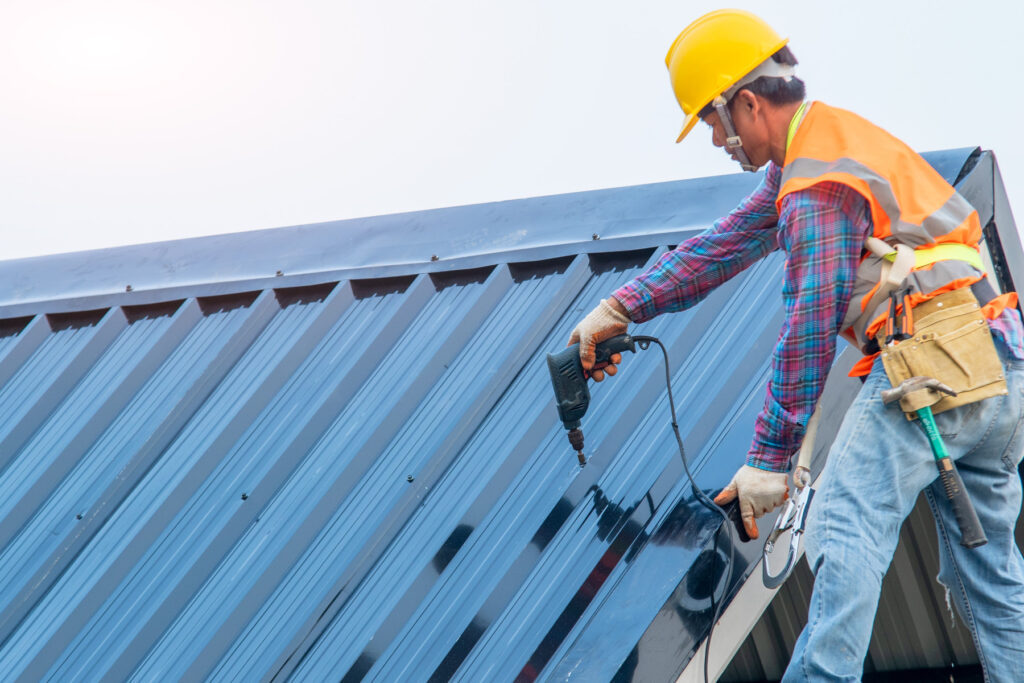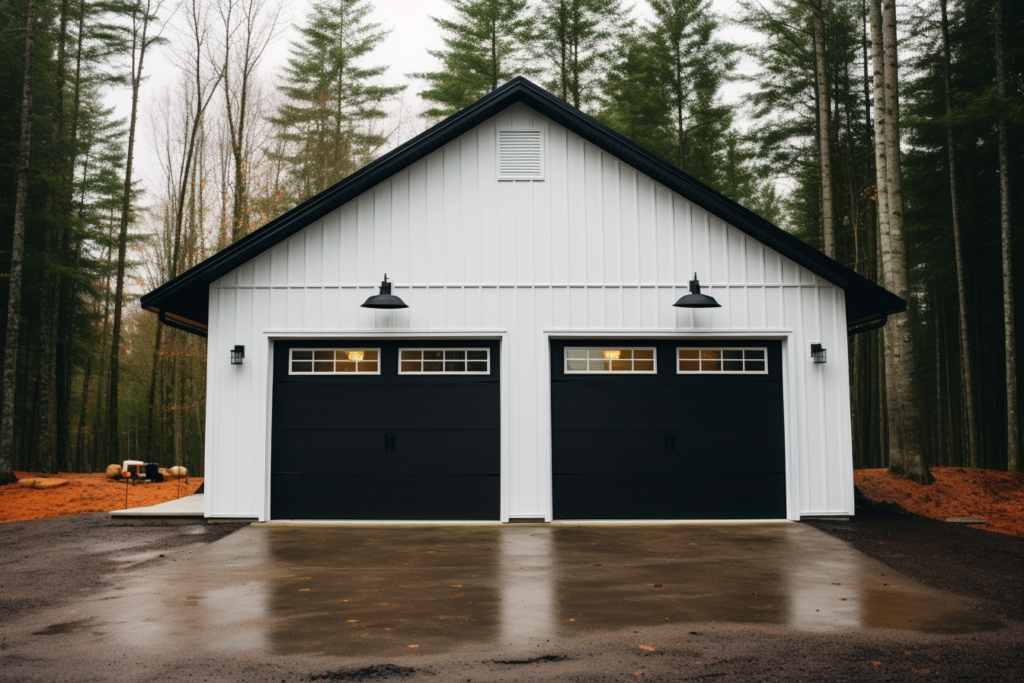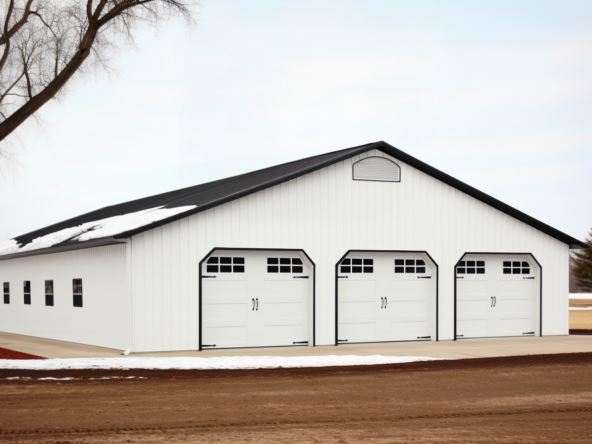Are Steel Garages and Shops More Expensive Than Building them with Wood?
When planning a durable new garage, many assume basic lumber framing beats metal for pure affordability. But while wood buildings carry lower initial price tags, savings fade as unrelenting exposure deteriorates structures much faster than resilient steel alternatives hold up. In reality, advanced steel garages make wiser value investments outlasting rot-prone wooden buildings over decades for superior overall cost and longevity.

Upfront Cost Comparison
Turnkey wood garages appear 10-20% cheaper upfront over similar steel kits from American Barn. This stems largely from abundant timber supplies keeping wood frame building common and competitive. However, fabricated steel prices have benefited from greater economies of scale in recent decades making pricing gaps shrink. Structural longevity offsets initial savings in the long run.

Maintenance & Durability Realities
Here steel construction pulls away as exceptional 50-75 year lifespan expectations require practically no maintenance across the majority of use cases beyond occasional aesthetic touch-ups. Steel frames and sheathing simply withstand moisture, sun, salts, and disasters much more easily than wood warranting continual replacement needs after just 20-30 years for key structural components as exposure degrades.

Savings Over Time
Factoring in a 40-year horizon, owners spend nothing refurbishing pristine steel buildings while wood garages demand full tear-offs or significant truss repairs as early as 15-20 years depending on climate and use factors. Just $15,000 in replacement costs make overall steel garage costs a financial break-even plus huge safety advantages knowing fortified structures protect valued assets reliably for generations.
Here are the main reasons steel garages and shops are stronger and more durable than wood-framed buildings:
1. Weather Resistance – Steel withstands rain, snow, humidity, and UV exposure without rotting, warping, or enabling mold growth. The stable material lasts for decades outdoors.
2. Termite and Pest Proof – Steel cannot be compromised by insects, rodents, or wildlife like wood framing and siding prone to infestations and damage over time.
3. Fire Resistant – Steel is non-combustible and contains fire spread far more effectively than timber structures, especially important for workshops using solvents.
4. Dimensional Stability – Steel framing experiences almost no expansion or contraction issues over seasons like wood framing. Connections therefore stay tighter and buildings hold alignment better.

5. Impact Strength – Rigid steel structural components and sheathing panels resist hard impacts without compromise. Wood framing cracks and splinters are much easier when hit by vehicles or heavy loads.
6. Minimal Maintenance – Once built, steel buildings require very little upkeep, whereas maintenance on wood buildings is continual over the years.

Pound for pound, steel delivers innately superior resilient properties as a building material for critical structures like garages and workshops exposed to wear, tear and environmental forces year after year. Steel buildings simply withstand punishing demands longer.
While sticker prices bait some into wood garages, astute owners acknowledge durable steel delivers greater long-term assurances and value resilience by far. This proves especially vital for vital structures securing automotive, recreational, or small business investments through sustained integrity lasting well beyond wooden buildings passing peaks fast.




